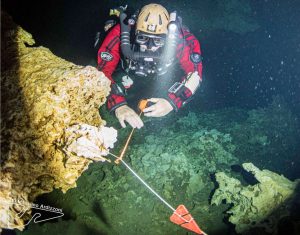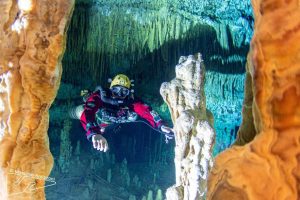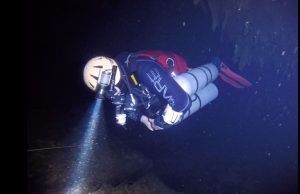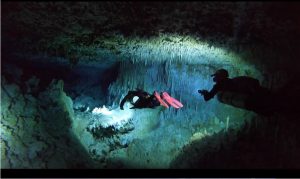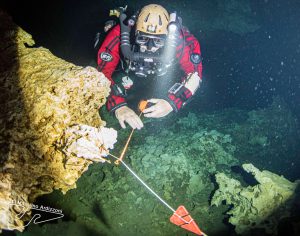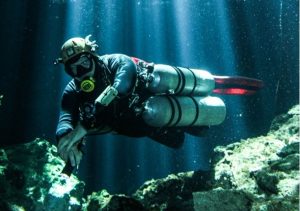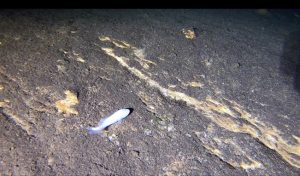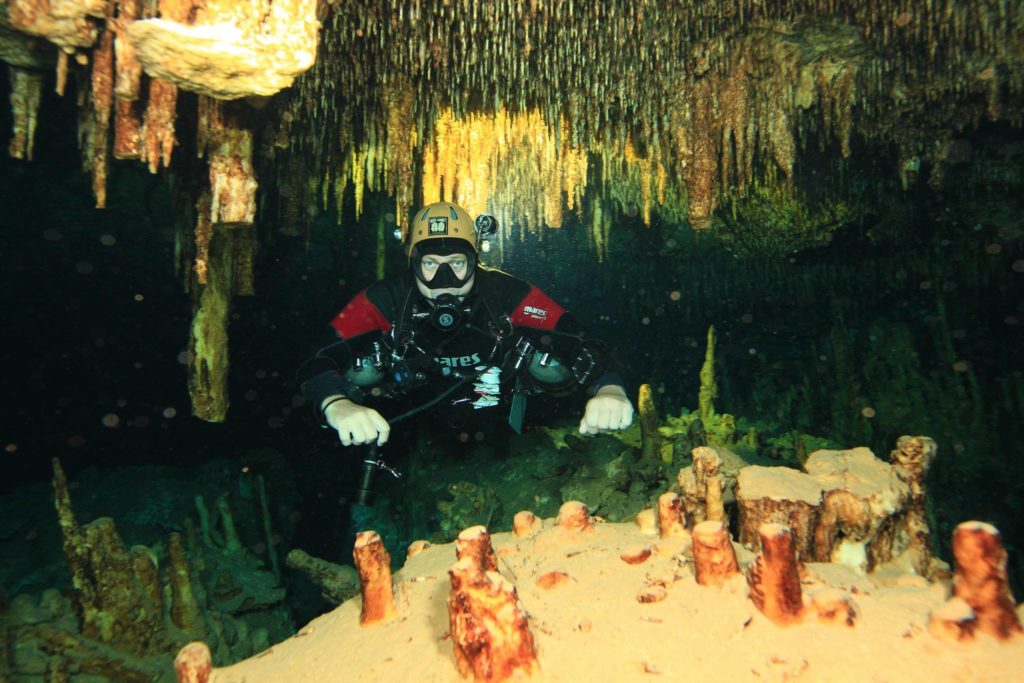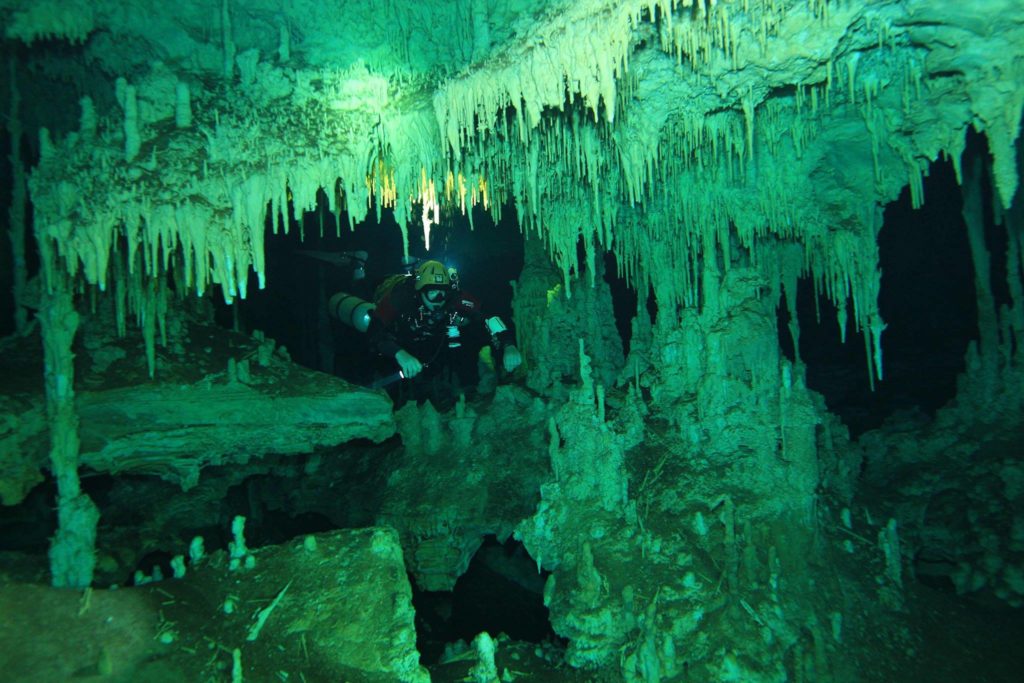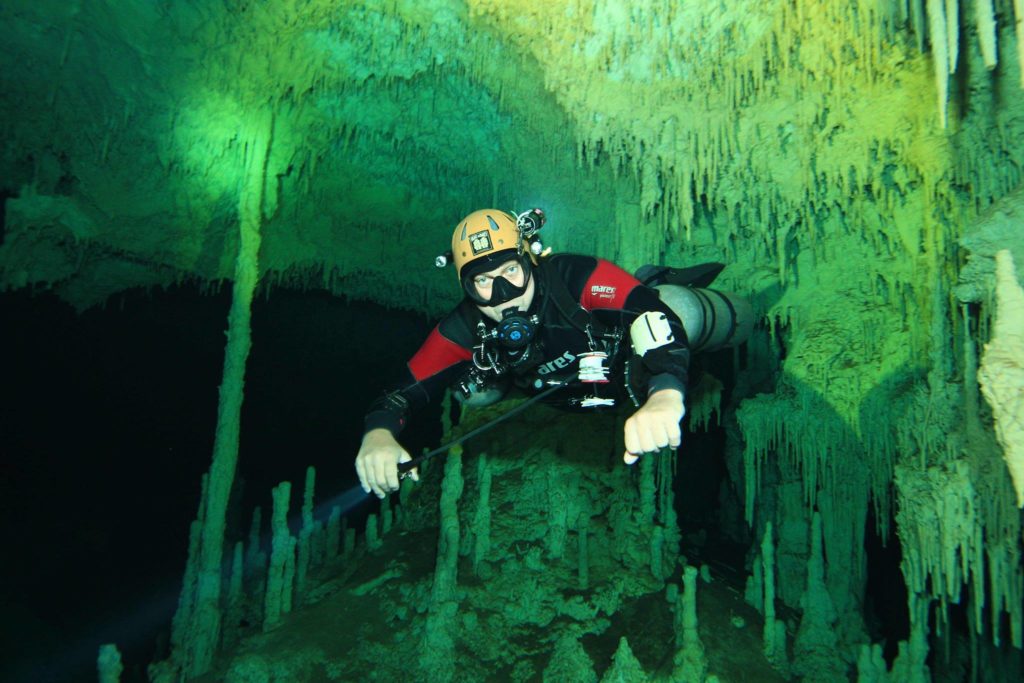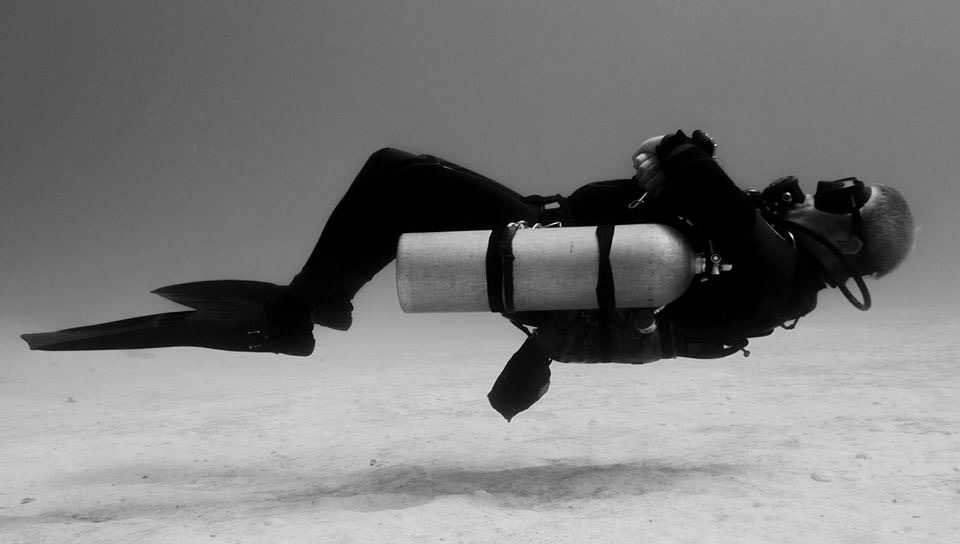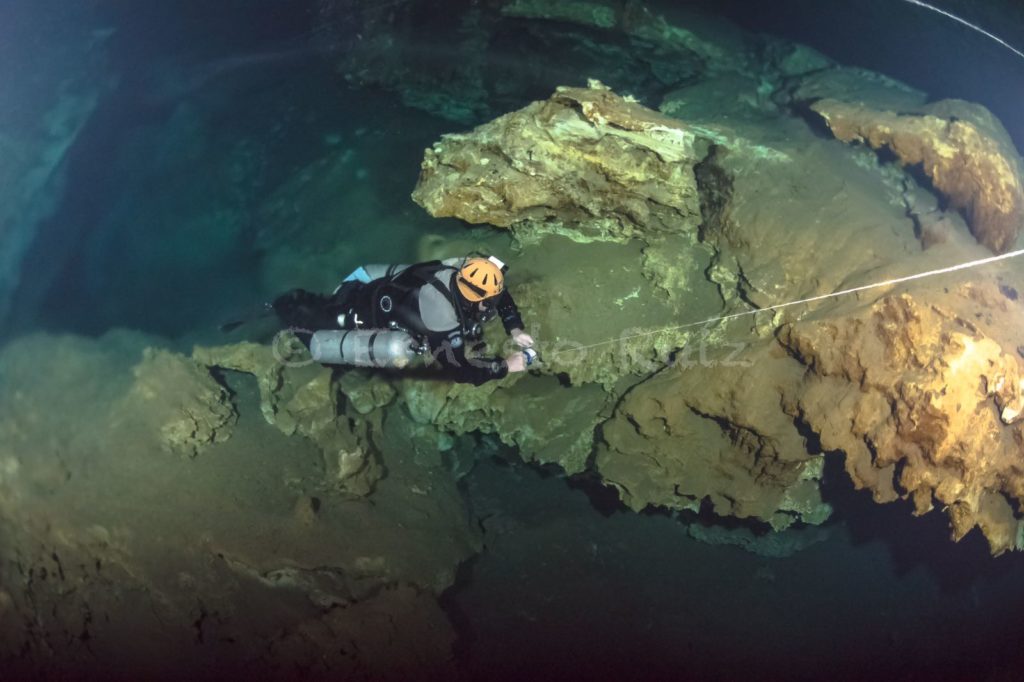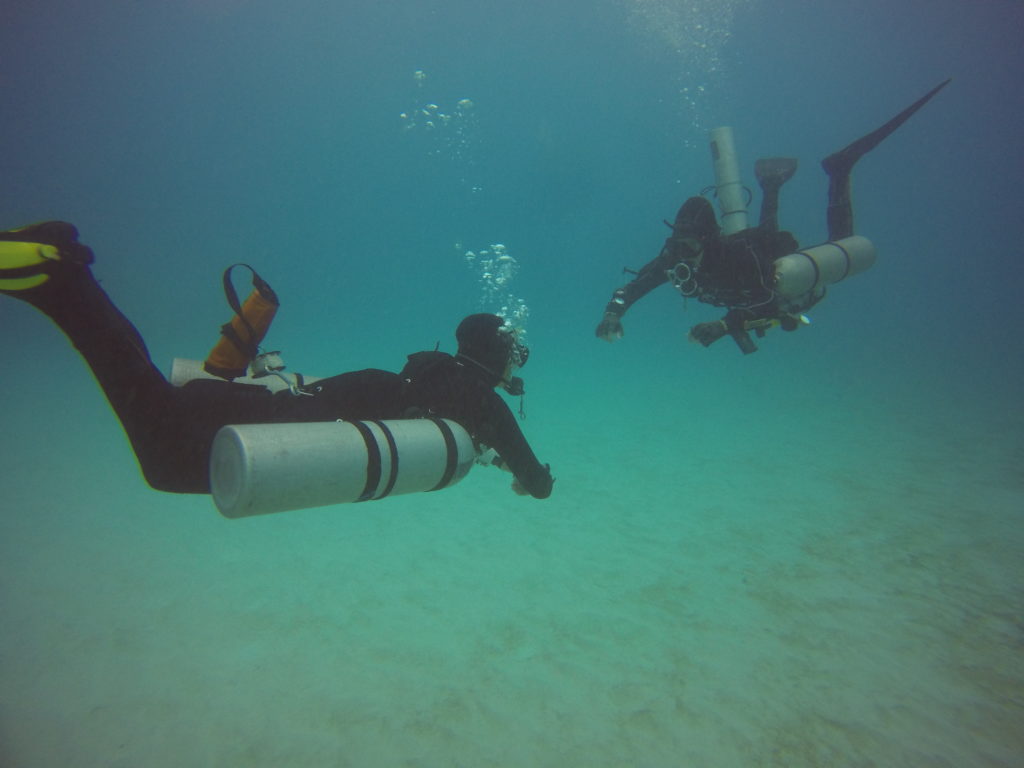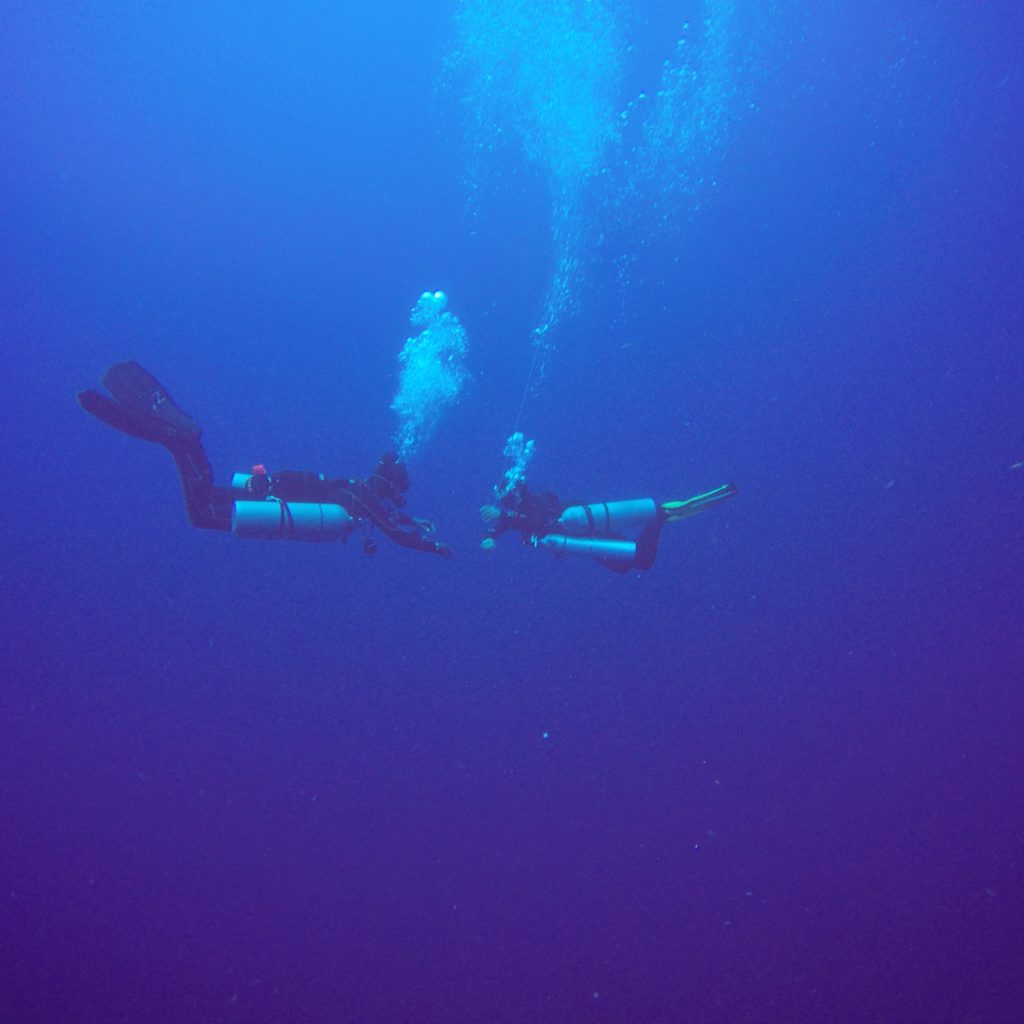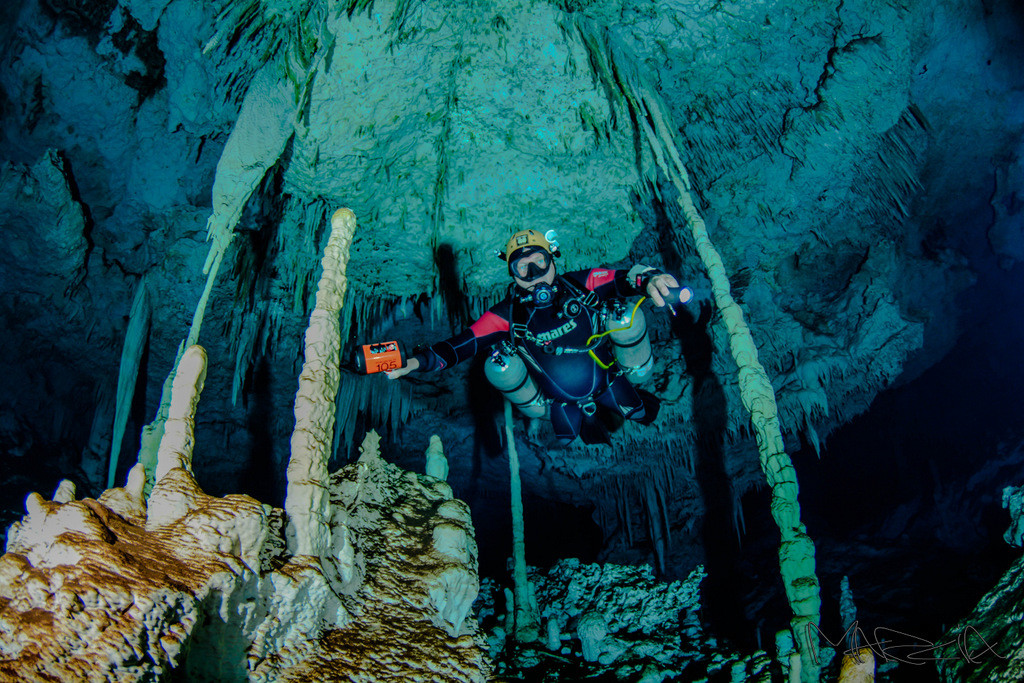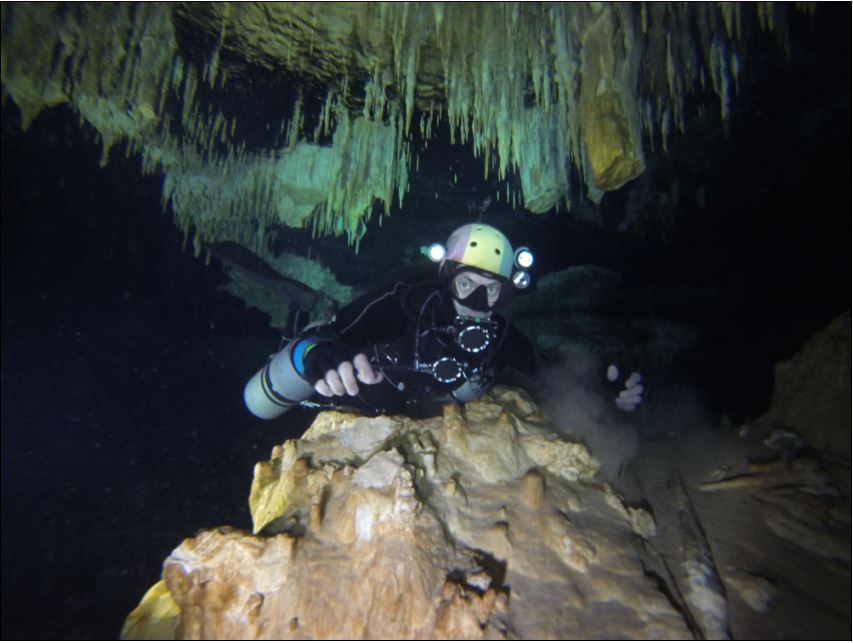Diving has always been a mesmerizing pursuit, captivating adventurers with the allure of the underwater world. As technology advances, so too does our ability to explore beneath the waves. One such technological marvel that has revolutionized diving is the Sidewinder MCCr Rebreather. In this post, we delve into the intricacies of this innovative equipment and explore how it is reshaping the landscape of underwater exploration.
Discover the Sidewinder MCCr Rebreather
The Sidewinder MCCr Rebreather represents a significant step forward in diving technology, offering divers simplicity, efficiency, safety, and versatility. Unlike traditional scuba systems that expel exhaled air into the surrounding water, rebreathers recycle the diver’s breath by removing carbon dioxide and replenishing oxygen, allowing for longer dives with reduced gas consumption.
The Sidewinder MCCr gas is an innovative closed-circuit design, which utilizes a molecular sieve to scrub carbon dioxide from the diver’s exhaled breath, the two scrubber canister works perfectly and minimize the WOB( work of breathing), plus streamline the unit. This recycled air is then passed through a series of sensors and regulators before being replenished with oxygen to maintain the ideal breathing mixture. The result is a continuous loop of purified air, enabling extended dive times and minimizing the need for frequent gas changes.
Enhanced Safety and Comfort
One of the most compelling features of the Sidewinder MCCr is its emphasis on safety and comfort. The closed-circuit design conserves gas and reduces the risk of decompression sickness by maintaining a constant partial pressure of oxygen throughout the dive. Additionally, the rebreather’s compact size and streamlined profile make it ideal for navigating tight spaces and exploring intricate underwater environments.
Furthermore, the Sidewinder MCCr boasts monitoring and alert systems, providing divers with real-time feedback on gas levels, oxygen toxicity, and other vital parameters. This initiative-taking approach to safety and simplicity enhances the power of the unit.
Versatility and Adaptability
Another hallmark of the Sidewinder MCCr is its adaptability to various diving scenarios. Whether exploring coral reefs teeming with marine life or delving into the depths of underwater caves, this rebreather offers unparalleled versatility to suit the needs of divers of all skill levels.
The Sidewinder MCCr can be customized with a variety of modular components and accessories, allowing divers to tailor their equipment to specific mission requirements. From high-capacity scrubber cartridges to integrated communication systems, the rebreather can be outfitted to enhance performance and functionality.
Pushing the Boundaries of Underwater Exploration
In the world of underwater exploration, the Sidewinder MCCr represents a change in thinking in how we approach diving. By combining technology with a focus on safety, comfort, and adaptability, this rebreather opens new frontiers for exploration and discovery.
Whether charting unexplored dive sites, conducting scientific research, or simply experiencing the wonders of the underwater world, the Sidewinder MCCr empowers divers to push the boundaries of what is possible beneath the waves. As technology continues to evolve, the future of diving promises to be as exhilarating as it is immersive, with innovations like the Sidewinder MCCr leading the way into uncharted waters.

